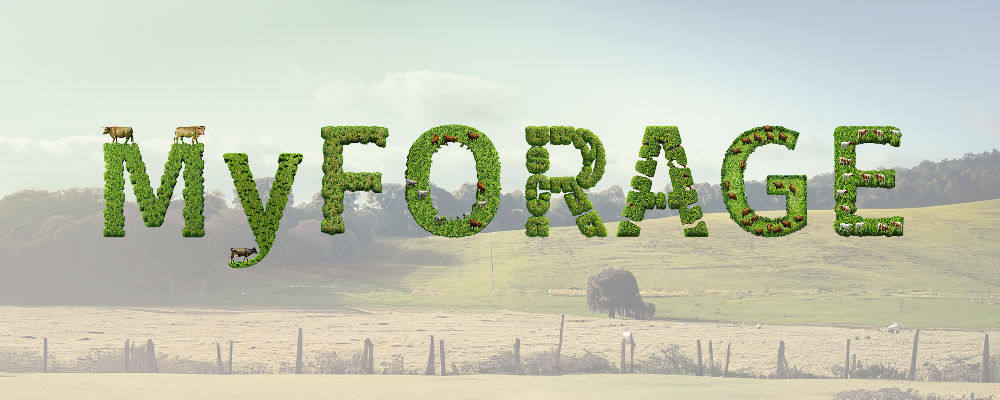About MyFORAGE
The MyFORAGE online mapping tool (prototype)
The MyFORAGE online mapping tool was developed to allow users to have an interactive interface to input further information for their property (or area of interest) to enhance FORAGE report content.
While the traditional FORAGE system is very easy to navigate, users are unable to make changes to property input information (e.g. lot on plan, or land type) and then request FORAGE reports for those partial areas of the property (e.g. paddocks). The interactive interface of MyFORAGE allows users to adjust/modify input information which helps to achieve better estimation of pasture growth, ground cover and long-term carry capacity at both property- and paddock-scales.
MyFORAGE enables users to import an existing paddock file, or create property paddocks to attain ‘more customised’ mapping in FORAGE reports that show more detailed and improved content, which can invariably improve grazing land management decisions. Most of the standard FORAGE reports that display maps and imagery through MyFORAGE will show the paddock mapping in the reports and will include enhanced information, including:
- Long-Term Carrying Capacity report
- Indicative Land Type report
- Ground Cover report
- Regional Comparison Ground Cover report
- Rainfall Pasture by Land Type report
- Pasture Growth Alert report
- Indicative Soil Phosphorus report
- Fire Scar report
- Foliage Projective Cover report
- Erodible Soils report
- Crop Frequency report
Watch video
What can MyFORAGE do for my property?
In MyFORAGE, there are number of ways you can adjust the base property mapped area. For example, you can customise FORAGE reports by setting up your property and paddock boundary configurations. This can be done in three ways:
- add lot(s) on plan, then edit to create paddocks
- import spatial/GIS files of your property and paddocks and then edit.
- draw paddocks from knowledge of features or a printed map and then edit* (make a full farm paddock map, or just create a single paddock polygon).
*Editing includes adjusting paddock boundaries, splitting or merging paddocks, adding “exclusion zones” and naming the paddocks.
MyFORAGE can improve how your property is modelled for the Long-Term Carrying Capacity report, Rainfall and Pasture by Land Type report and the Pasture Growth Alert report. For your property you can:
- change the land types, if the default land type mapping is wrong.
- add water points if paddocks are not fully watered.
- specify each paddock's land condition (A, B, C, D)
- specify the percentage area of Buffel grass in each paddock.
- add the monthly rainfall for the previous 12 months (only used in the Rainfall/Pasture report and Pasture Growth Alert report).
Adding property paddocks in MyFORAGE will provide enhanced spatial capacity for the FORAGE Ground Cover report, including:
- Paddock-scale maps of monthly ground cover, minimum ground cover and monthly percentile maps to compare a month to the same month’s data in other years; and
- Paddock times series (by month) with trend lines and data summaries.
Guides
For help in using the interface, use this guides below, or click on the help button (top right-hand side of the screen) and scroll down to the relevant function or watch the introductory video (above).
Note: If highly accurate farm plans are required, please contact a surveyor or GIS professional to construct maps of your property.
Feedback for MyFORAGE can be provided to the Long Paddock team by email to longpaddock@qld.gov.au
The mapping tool is a joint collaboration of Queensland Government (Department of Environment, Tourism, Science and Innovation), Queensland Reef Water Quality Program and the Drought and Climate Adaptation Program (DCAP).

